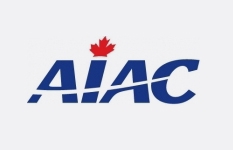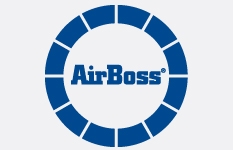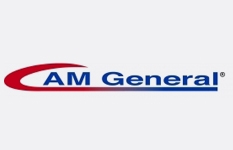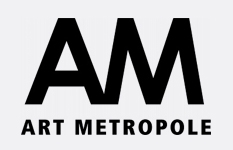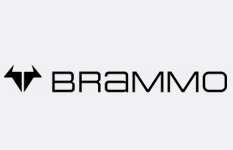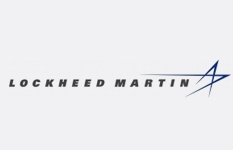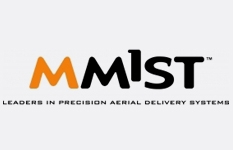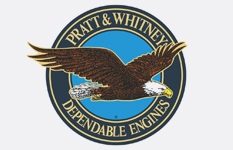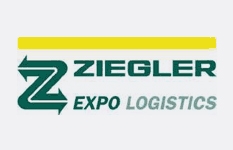Many of our international clients do not understand what drayage is for exhibitions in the US and Canada.
Drayage is nothing more than the unloading of a truck and taking the freight from the truck to the booth/stand inside the convention hall. The same charge also pays for reloading the freight onto a truck at the close of the show and storing the empty containers during the show. The General Contractor (or drayage contractor, i.e. Freeman, GES, Shepard, Hargrove, etc.) provides this service along with all of their other services like furniture rental and electrical services. The best way to prepare for this fee is to know the weight of your shipment. Once you have that information you can use the general contractors material handling form to calculate what your bill from them should be. When trying to calculate this charge please remember that they use pounds instead of kilos so all weights must be in pounds to get an accurate estimate. As an example, if the weight of your shipment is 206 kilos you would multiply that by 2.2046 to get the weight in pounds so for this calculation the weight in pounds is 454.148 pounds. Then general contractor will round UP to the nearest hundred pounds so this shipment becomes 500 pounds to them and that is what you will pay for. Now that you know the weight you will be charged for you can go to the material handling form in the show kit for the show you are attending and yes, this form is different for EVERY show. Please read this form in its entirety as it will give you important information about moving in on over-time versus straight time and what you may be charged if your freight is off-target. These important details can mean the difference of hundreds of dollars when calculating your drayage charges. Find the rate on this form that best describes your circumstances lets say you are moving in on a Saturday which is over-time, but moving out on a Thursday which is straight-time. You would look for the rate that says straight-time/over-time and that would be the rate you would use to make your calculation. Next, the rates you see are based on hundred weight or cwt so divide the weight of your shipment by 100. In our example, the weight becomes 5 and that is the number you multiply your rate by. As an example, the rate is $86.00 cwt so multiply 86 by 5 for an amount of $430.00. This should be very close what your invoice says once you get to the show. If it different, dont be afraid to ask questions they make mistakes too!
By Kaye Barrieault. Kaye is a Project Manager for TWI Group and handles shows within the US. She can be reached at [url=mailto:kbarrieault@twigroup.com] Email Kaye[/url]
